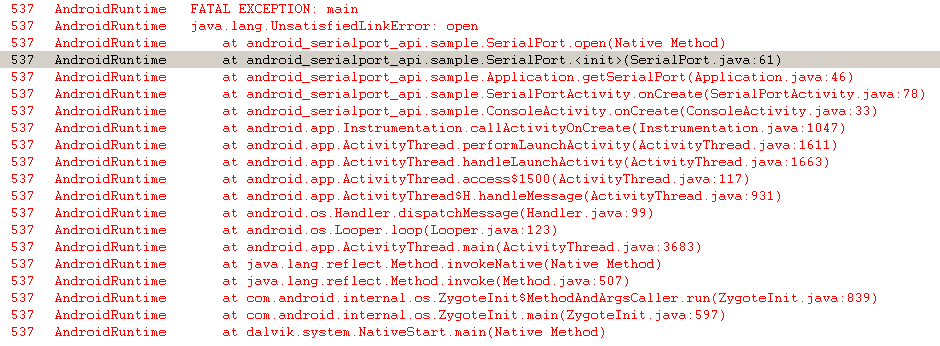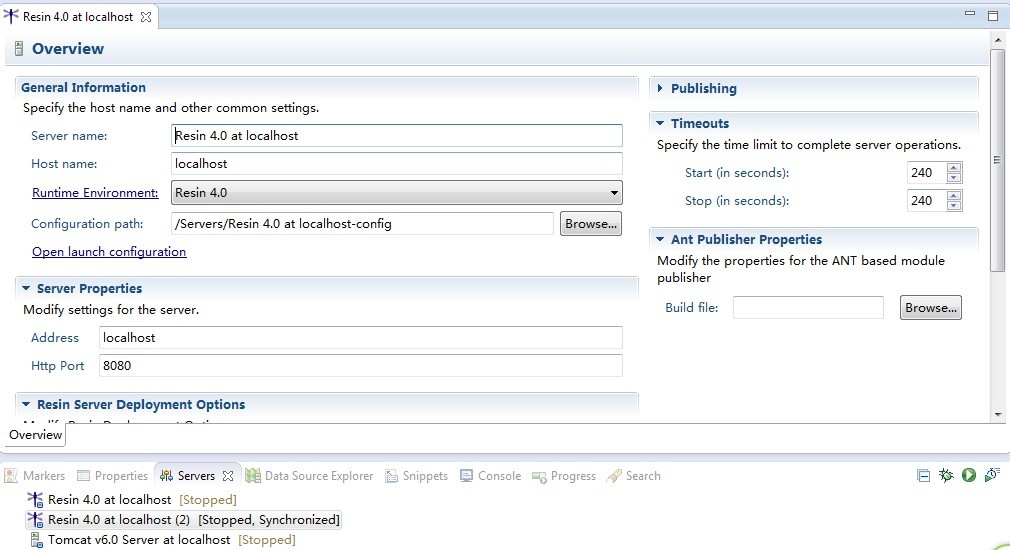JavaScript的写类方式(5)
这篇我们看看各个JS库的写类方式,这也是写类系列的最后一篇。
1,Prototype的写类方式
Prototype中使用Class.create方法,如下
view sourceprint?01 //类名Person
02 var Person = Class.create();
03
04 //通过原型重写来定义Person
05 Person.prototype = {
06 initialize : function(name) {
07 this.name = name;
08 },
09 getName : function() {
10 return this.name;
11 },
12 setName : function(name) {
13 this.name = name;
14 }
15 }
16
17 //创建对象
18 var p = new Person("jack");
19 console.log(p.constructor == Person);//false<BR>
initialize完成对象的初始化(相当于构造函数,必不可少),方法依次往下写即可。
有个问题,但是p.constructor == Person却为false,这正是Prototype库一个小缺陷。原因是重写了Person的原型。为了使constructor能指向正确的构造器,只需在原型重写时维护好constructor属性即可。
view sourceprint?01 Person.prototype = {
02 constructor : Person, //注意这句将修复constructor属性
03 initialize : function(name) {
04 this.name = name;
05 },
06 getName : function() {
07 return this.name;
08 },
09 setName : function(name) {
10 this.name = name;
11 }
12 }
2,Dojo的写类方式dojo中用dojo.declare方法来定义一个类。dojo.declare有三个参数
参数1:类名className
参数2:继承的类superclass
参数3:构造器,方法props单纯的定义一个类实际只需传第一,三两个参数。因为这里只讨论如何定义一个类,不讨论继承。
view sourceprint?01 //定义类名
02 var className = "Person";
03 //定义构造器及方法
04 var proto = {
05 constructor : function(name){this.name=name;},
06 getName : function(){ return this.name;},
07 setName : function(name){ this.name = name;}
08 }
09
10 //定义类Person
11 dojo.declare(className,null,proto);
12
13 //创建一个对象
14 var p = new Person("tom");
15 console.log(p.getName());//tom
16 p.setName("jack");
17 console.log(p.getName());//jack
18
19 //测试instanceof及p.constructor是否正确指向了Person
20 console.log(p instanceof Person);//true
21 console.log(p.constructor === Person);//true
3,Ext的写类方式
Ext中用Ext.extend来定义一个类(当然它更多用来扩展一个类),Ext整个框架各种控件如Panel,MessageBox等都是用Ext.extend方法来扩展。这里仅仅用它来定义一个最简单的类。
这里只需传两个参数即可,第一个参数是根类Object,第二个是原型。比较特殊的是,如果单纯的定义一个类,那么第一个参数永远传Object即可。
view sourceprint?01 /**
02 * Person类
03 * @param {Object} name
04 */
05 var Person = Ext.extend(Object,{
06 constructor : function(name) {this.name = name;},
07 setName : function(name) {this.name = name;},
08 getName : function() {return this.name;}
09 });
10
11 //创建一个对象
12 var p = new Person("Lily");
13 console.log(p.getName());//Lily
14 p.setName("Andy");
15 console.log(p.getName());//Andy
16
17 //测试instanceof及p.constructor是否正确指向了Person
18 console.log(p instanceof Person);//true
19 console.log(p.constructor == Person);//true
4,YUI的写类方式
view sourceprint?01 //定义包名
02 YAHOO.namespace("test");
03
04 //定义类
05 YAHOO.test.Person = function(name) {
06 this.name = name;
07 }
08 YAHOO.test.Person.prototype.setName = function(name){ this.name = name;}
09 YAHOO.test.Person.prototype.getName = function(){ return this.name;}
10
11
12 //创建一个对象
13 var p = new YAHOO.test.Person("jack");
14
15 console.log(p.getName());//jack
16 p.setName(tom);
17 console.log(p.getName());//tom
18
19 //测试instanceof及p.constructor是否正确指向了YAHOO.test.Person
20 console.log(p instanceof YAHOO.test.Person);
21 console.log(p.constructor == YAHOO.test.Person);
可以看出除了多了包名,与原始的 构造函数+原型 方式 并无区别。
5,Mootools的写类方式
mootools是被设计成非常紧凑的,模块化的,面向对象的JS库。mootools中写类用Class类。导入后我们写类时只需要用Class就行了。
view sourceprint?01 /**
02 * Person类
03 * @param {Object} name
04 */
05 var Person = new Class({
06 initialize: function(name){
07 this.name = name;
08 },
09 setName : function(name) {
10 this.name = name;
11 },
12 getName : function() {
13 return this.name;
14 }
15 })
16
17 //new一个对象
18 var p = new Person("jack");
19
20 //测试set,get方法
21 console.log(p.getName());//jac
22 p.setName(andy);
23 console.log(p.getName());//andy
24
25 //测试instanceof及p.constructor是否正确指向了Person
26 console.log(p instanceof Person); //true
27 console.log(p.constructor == Person); //true
补充:web前端 , JavaScript ,




